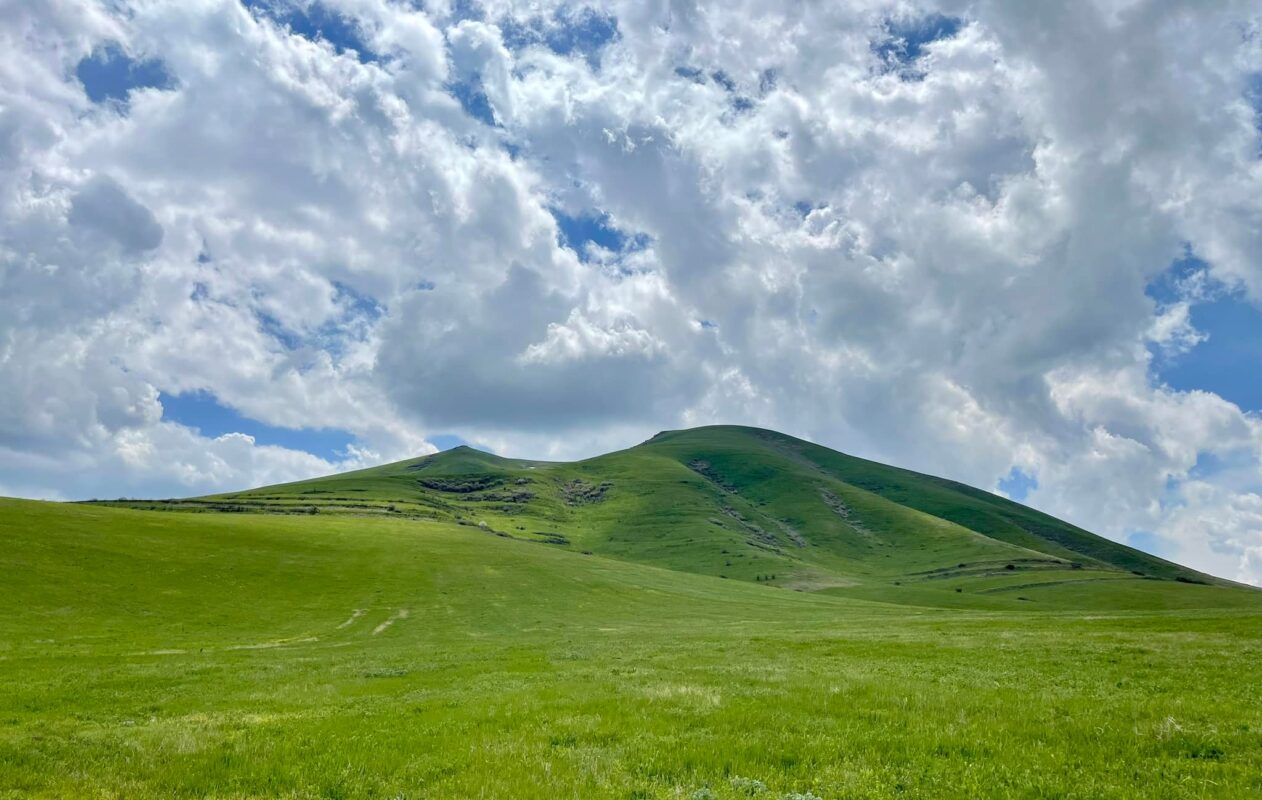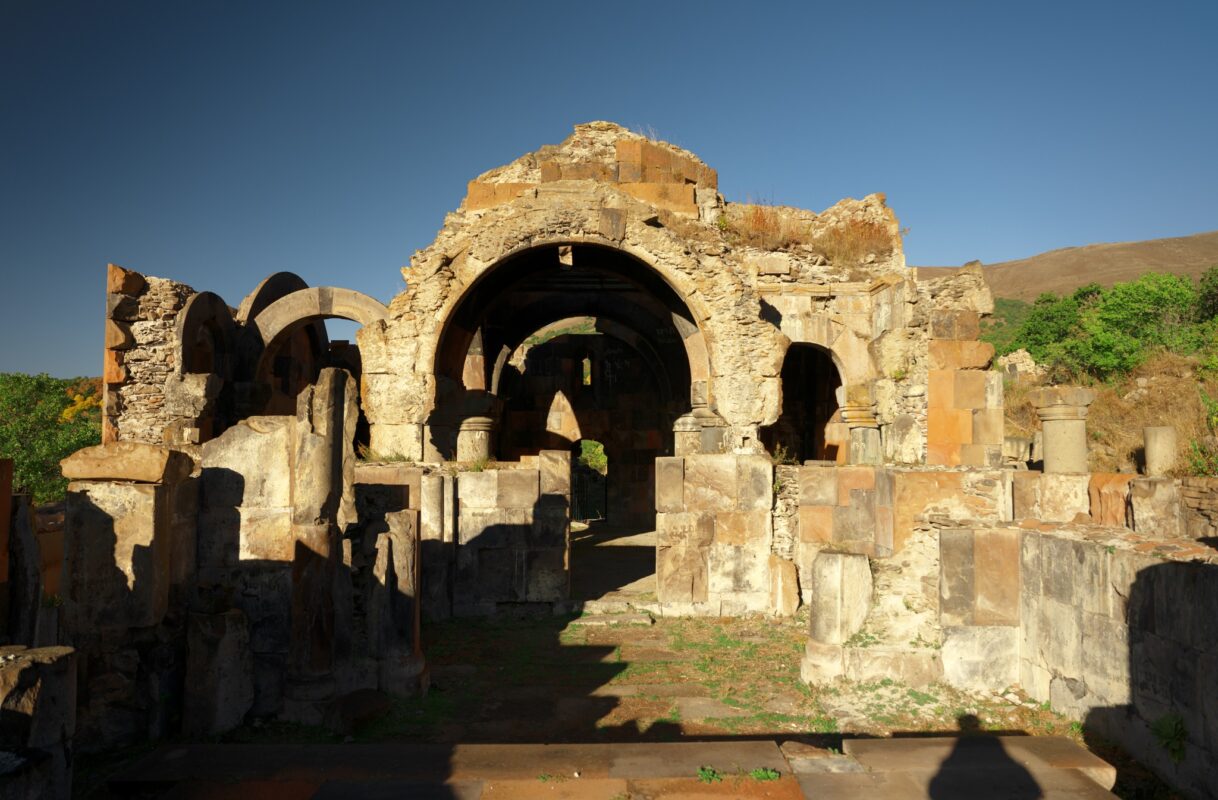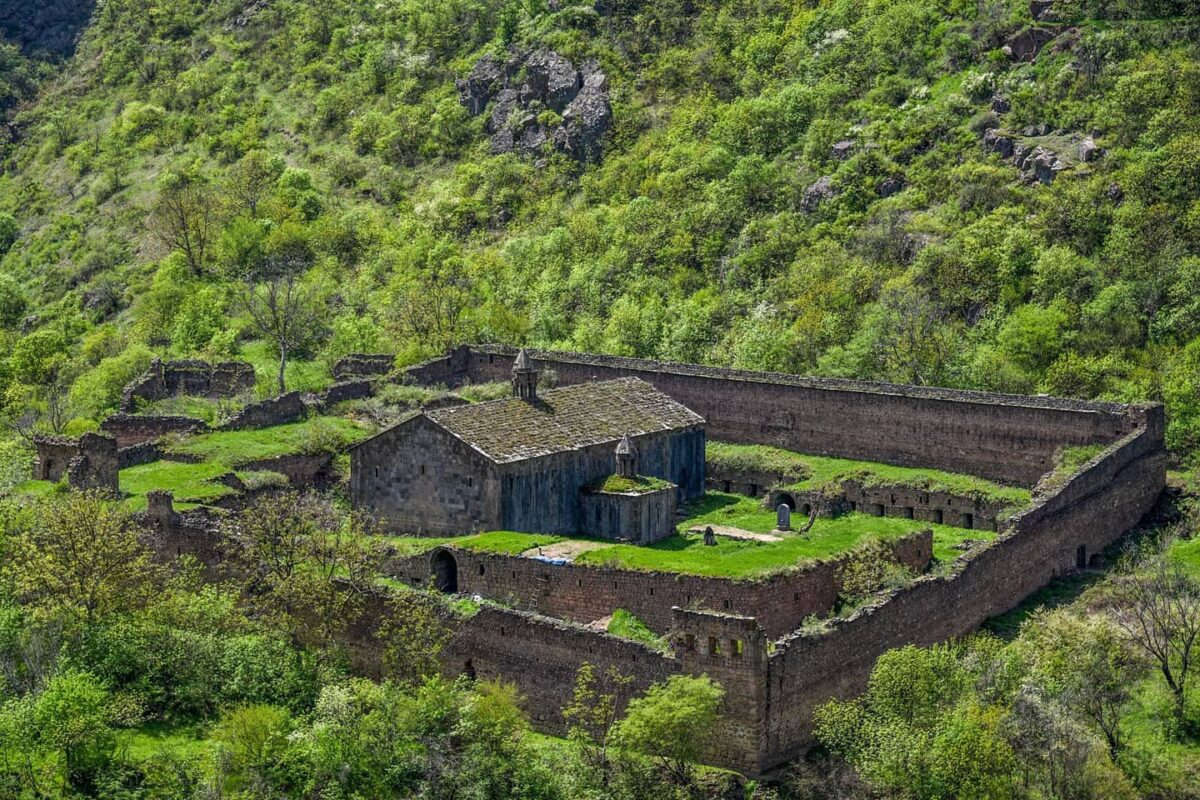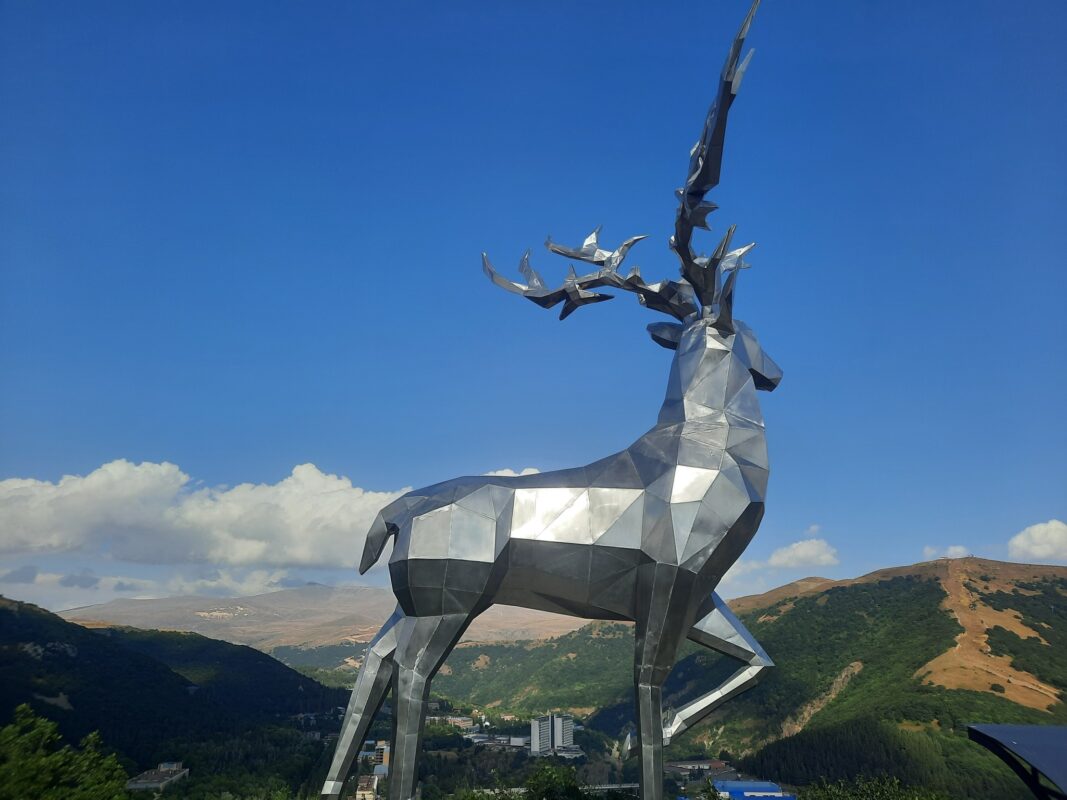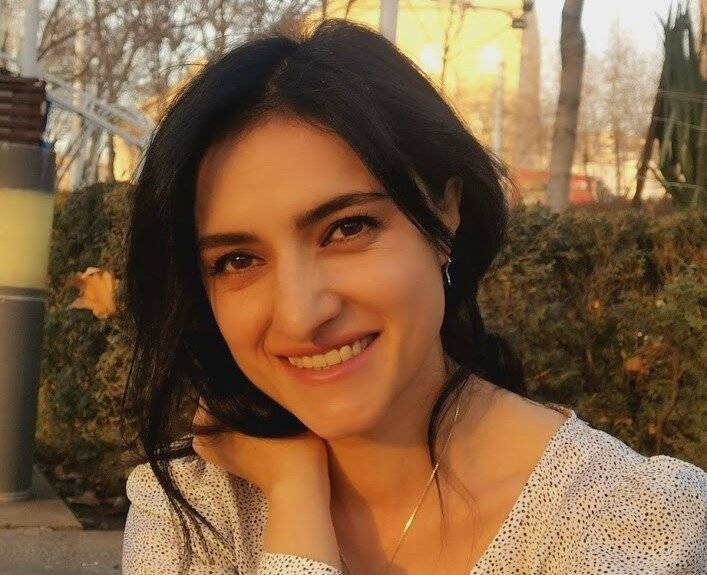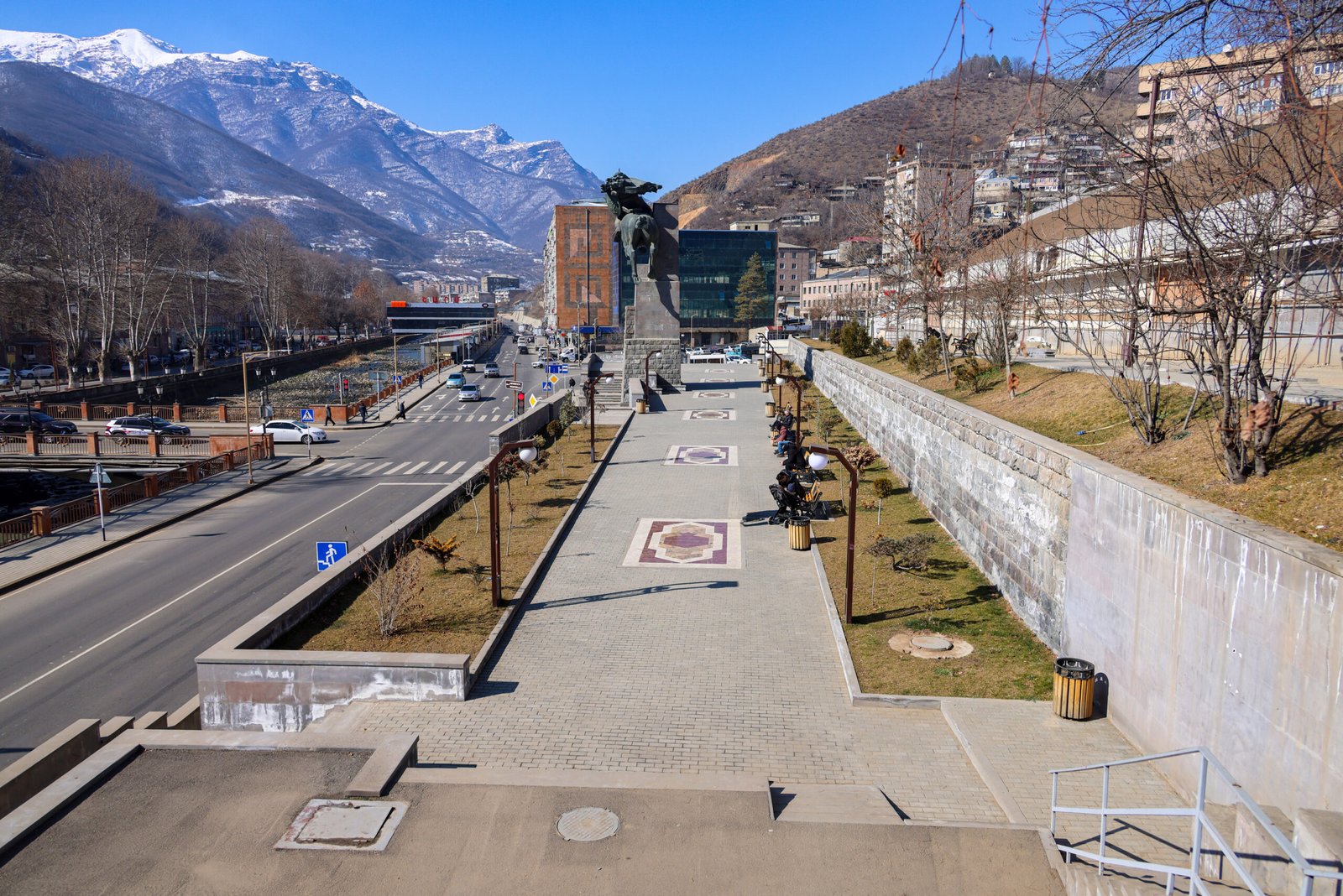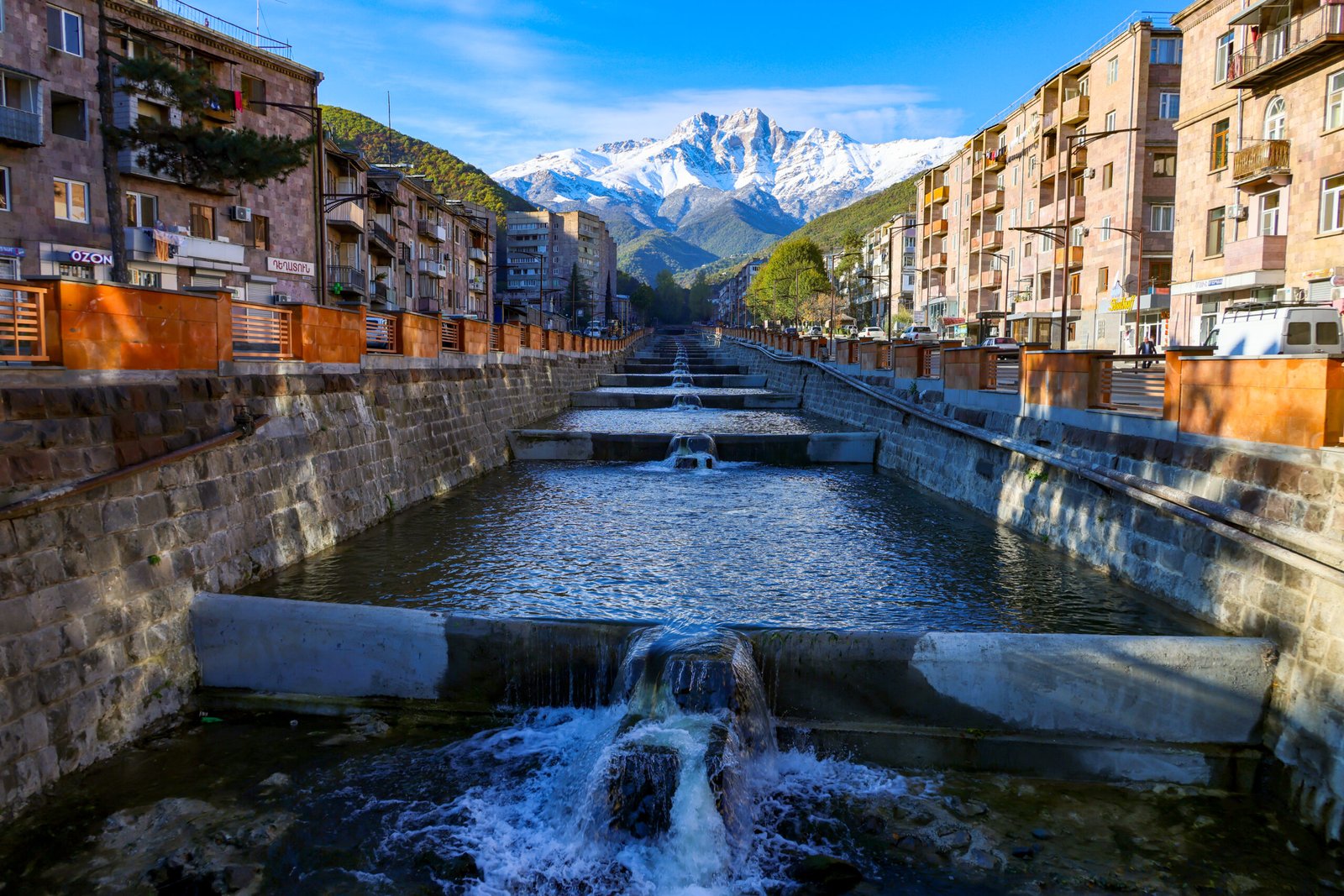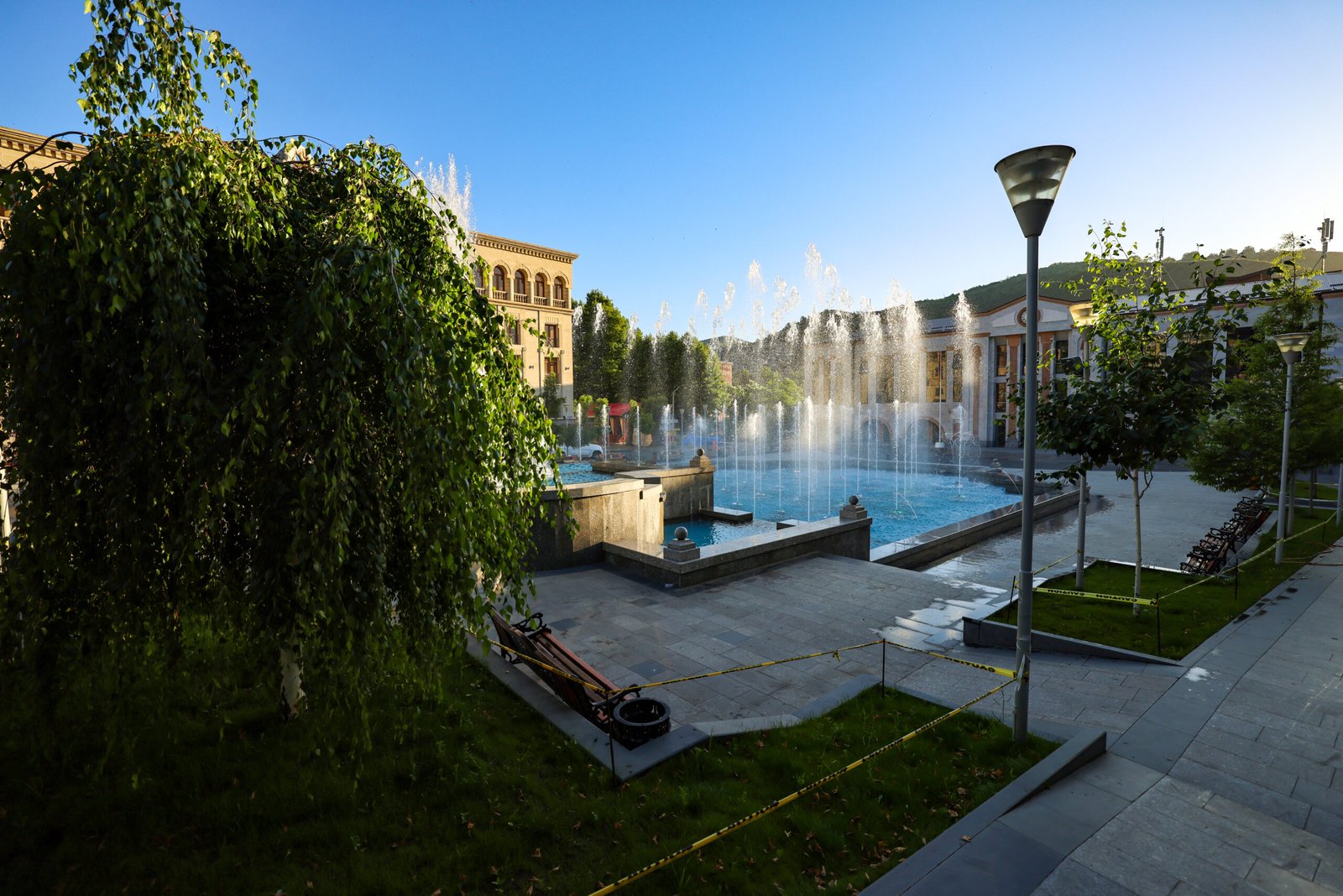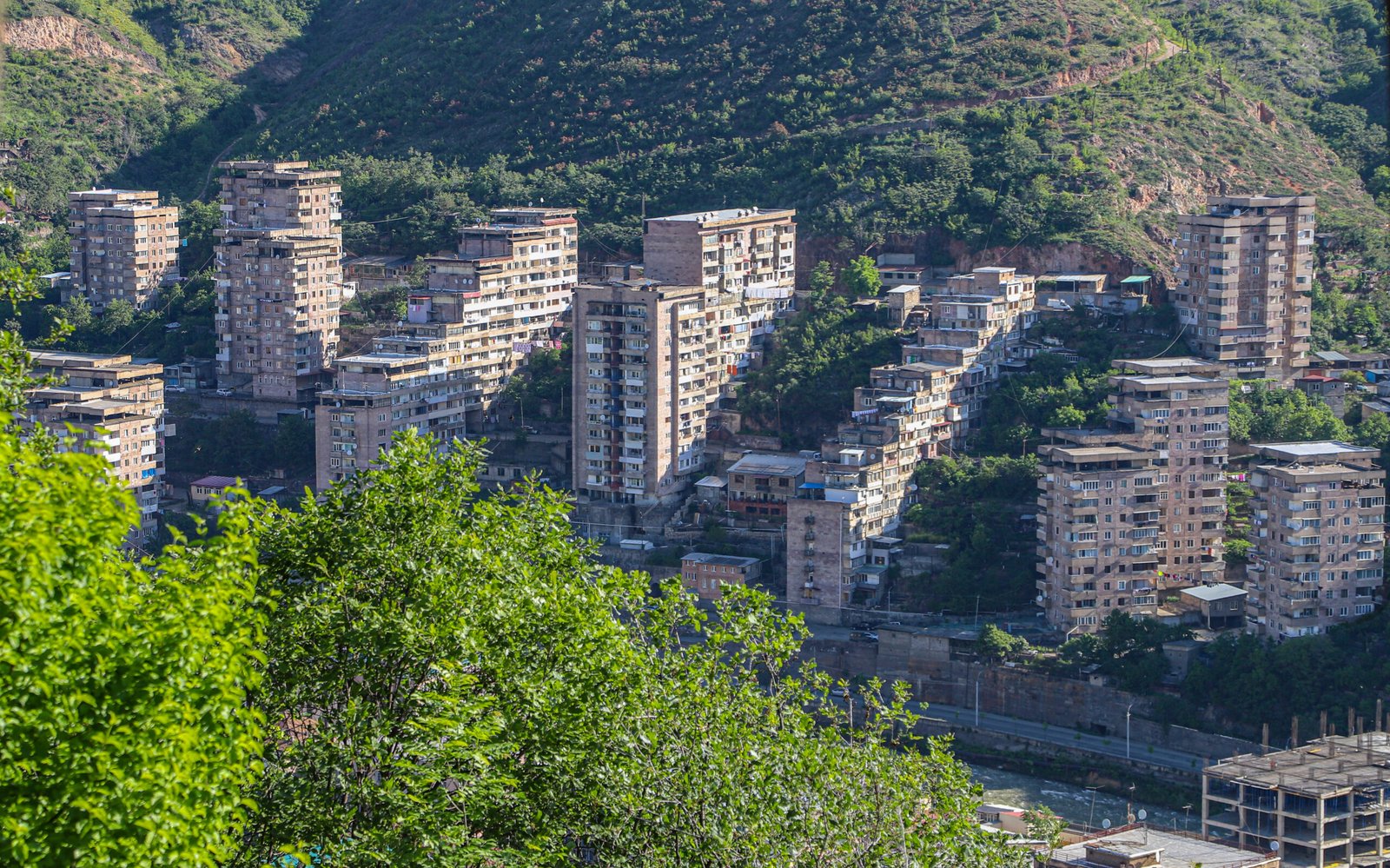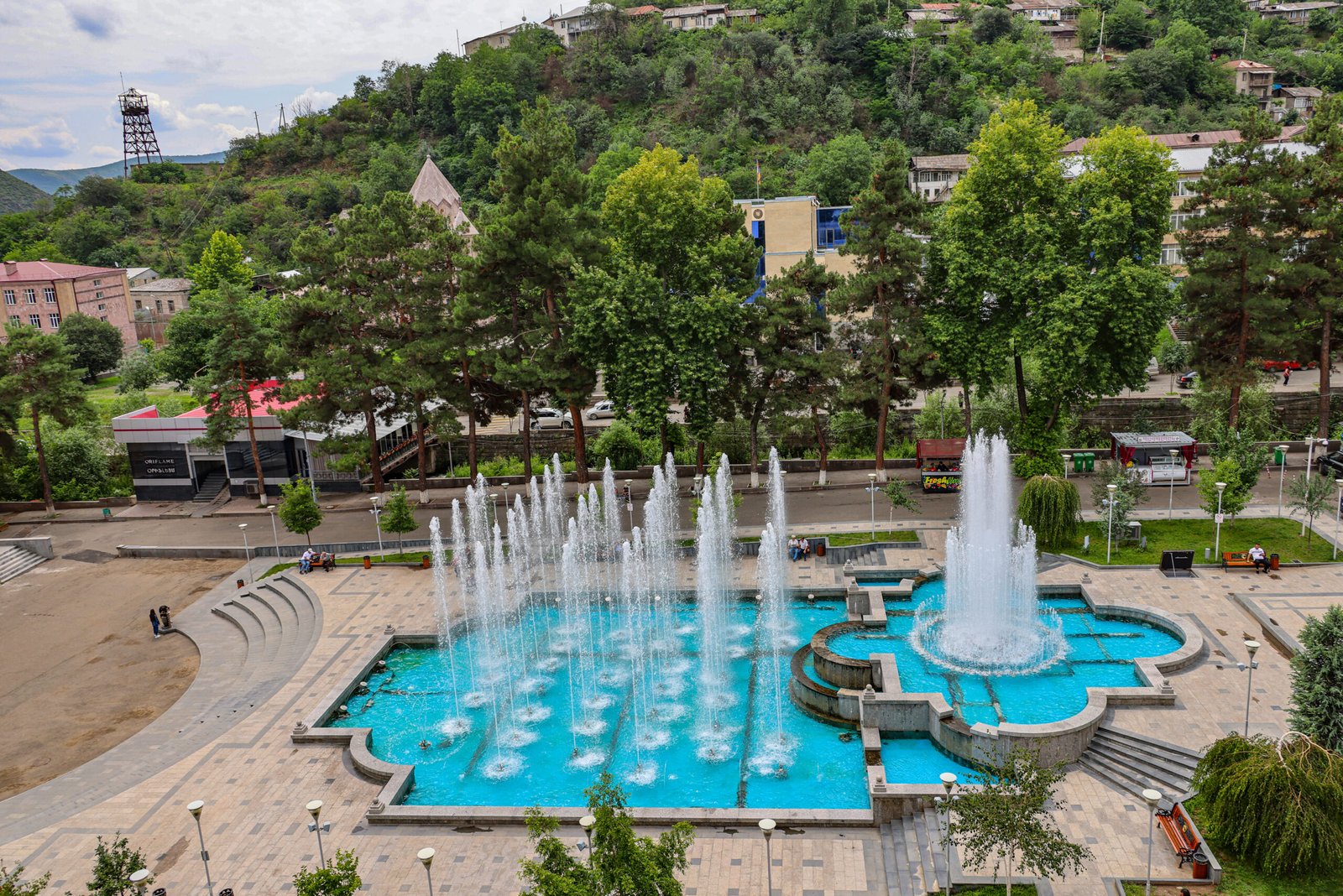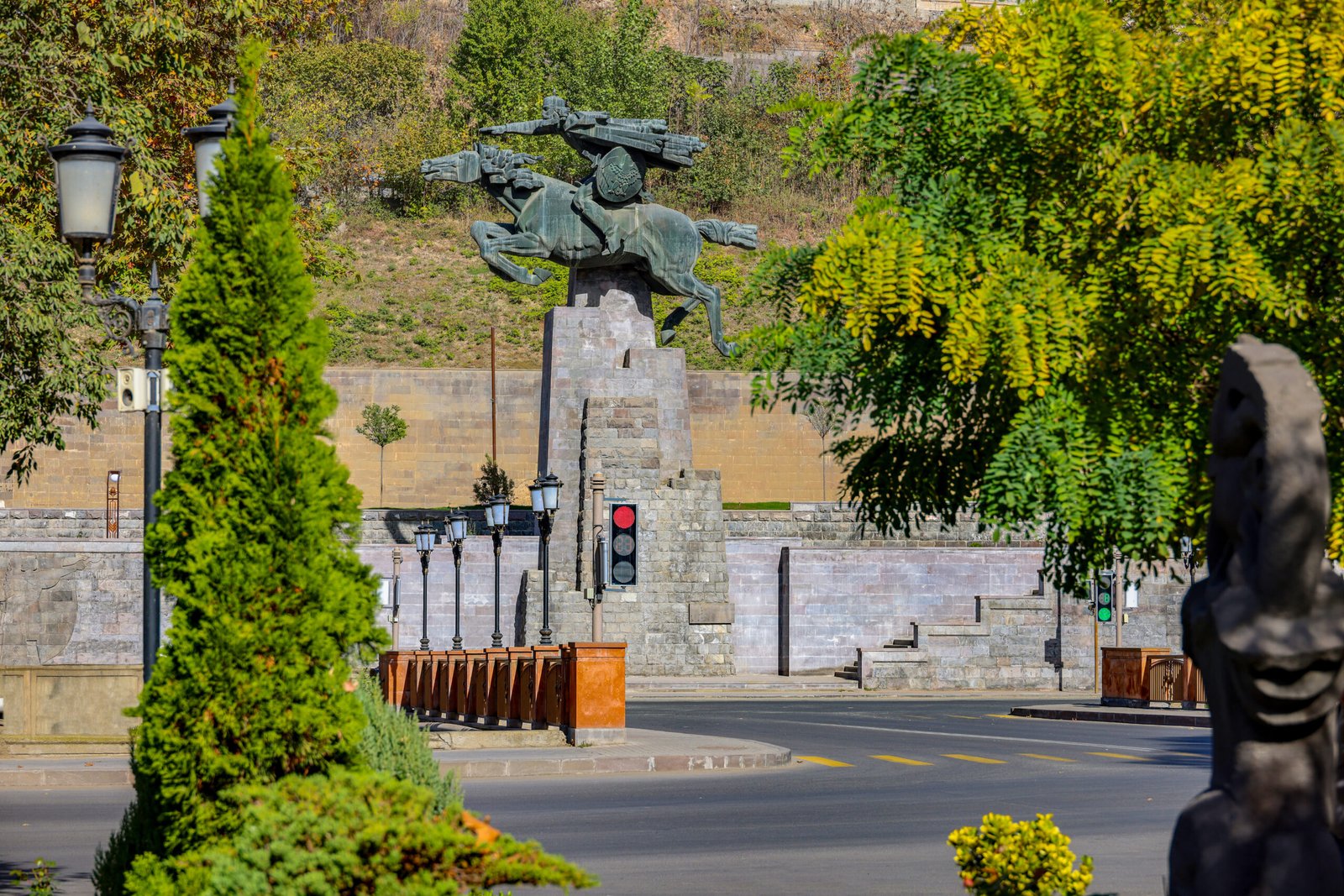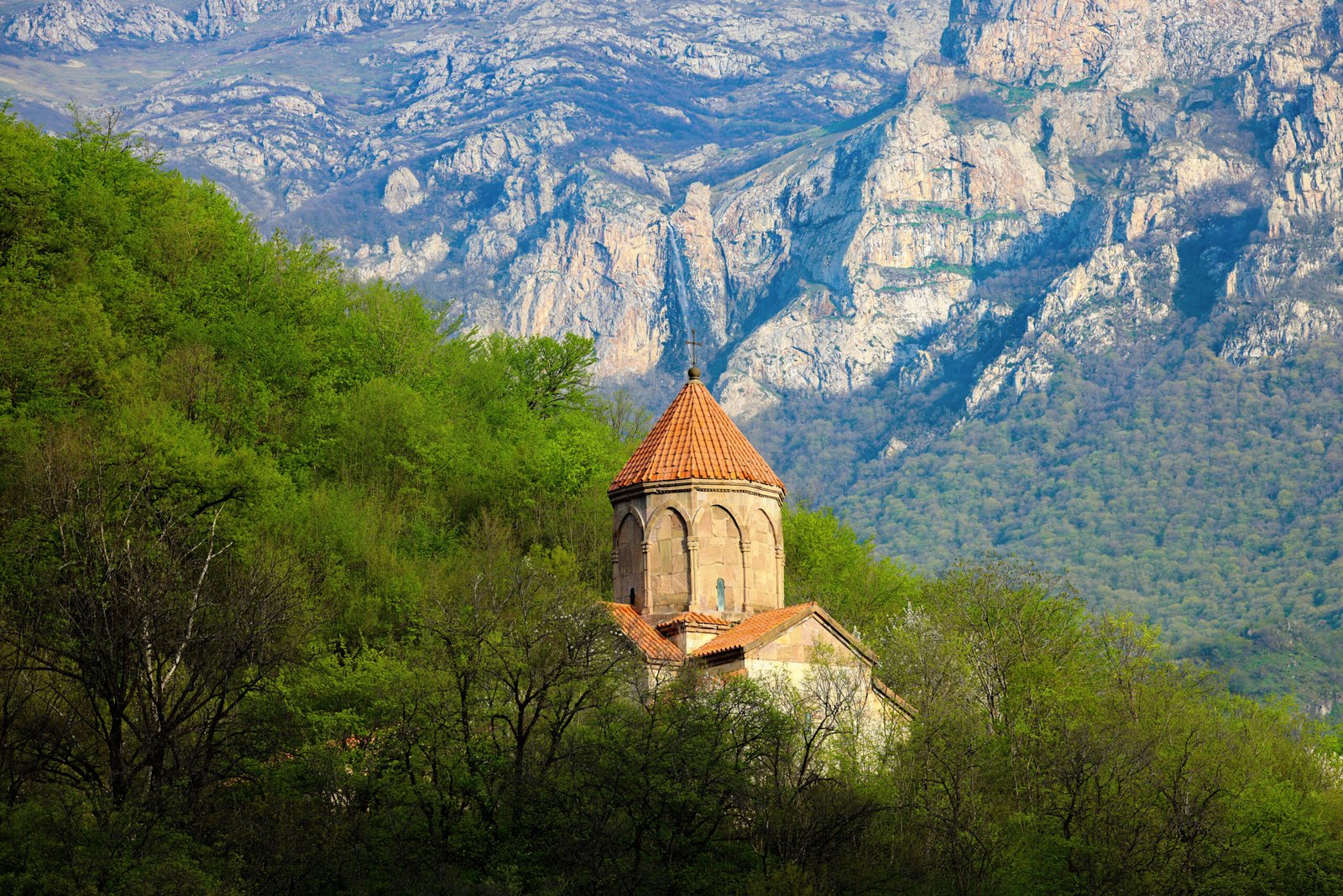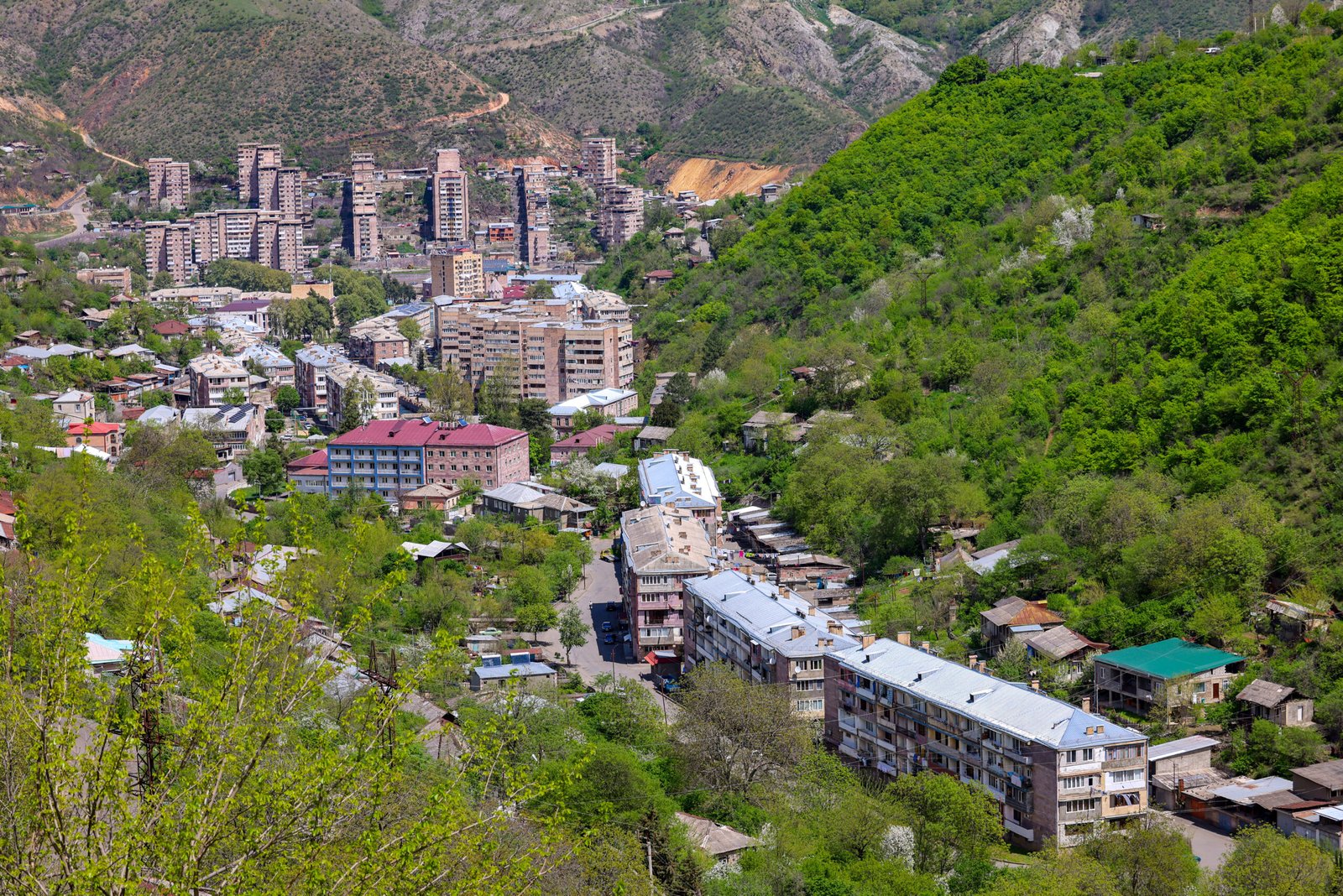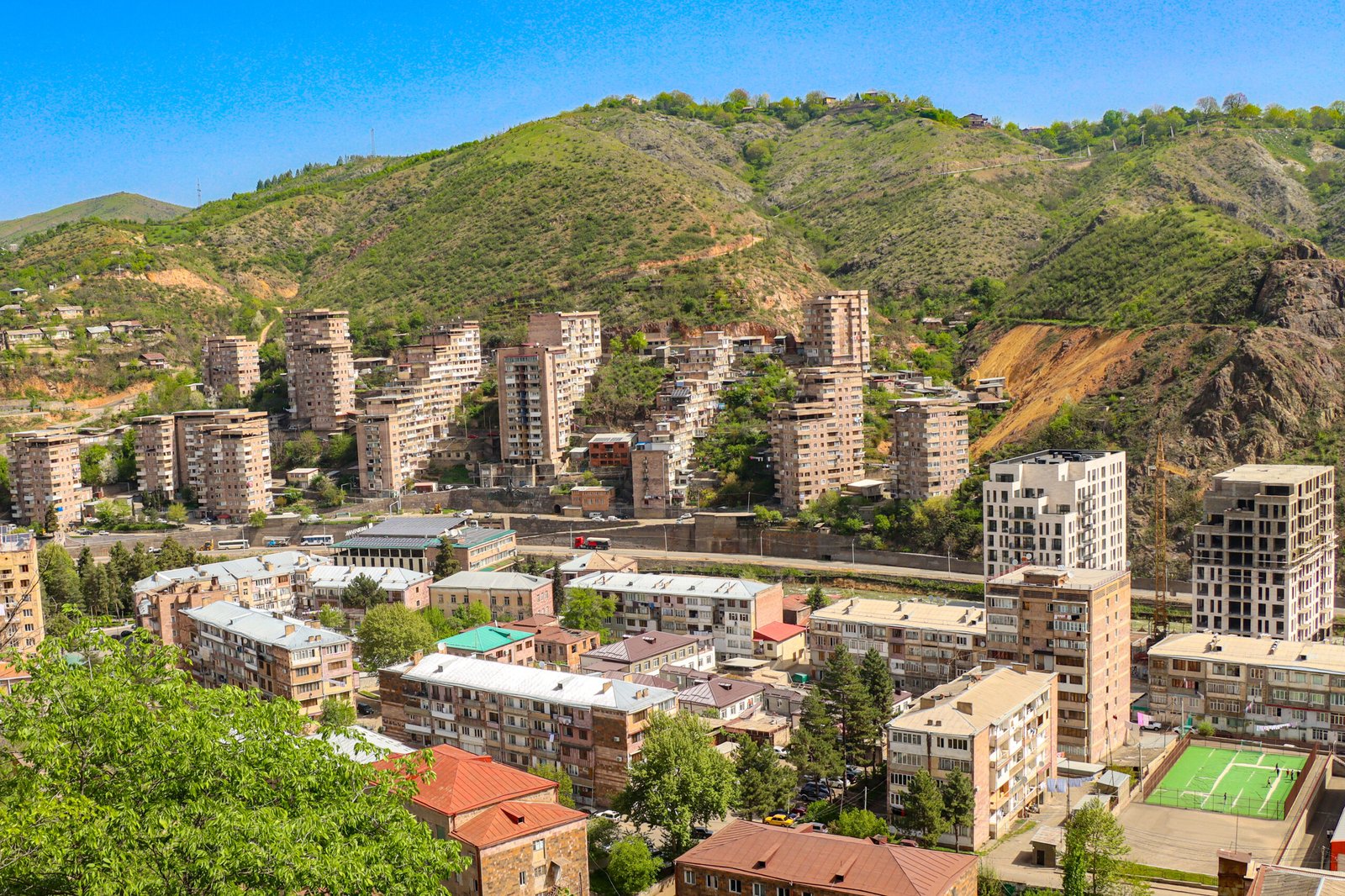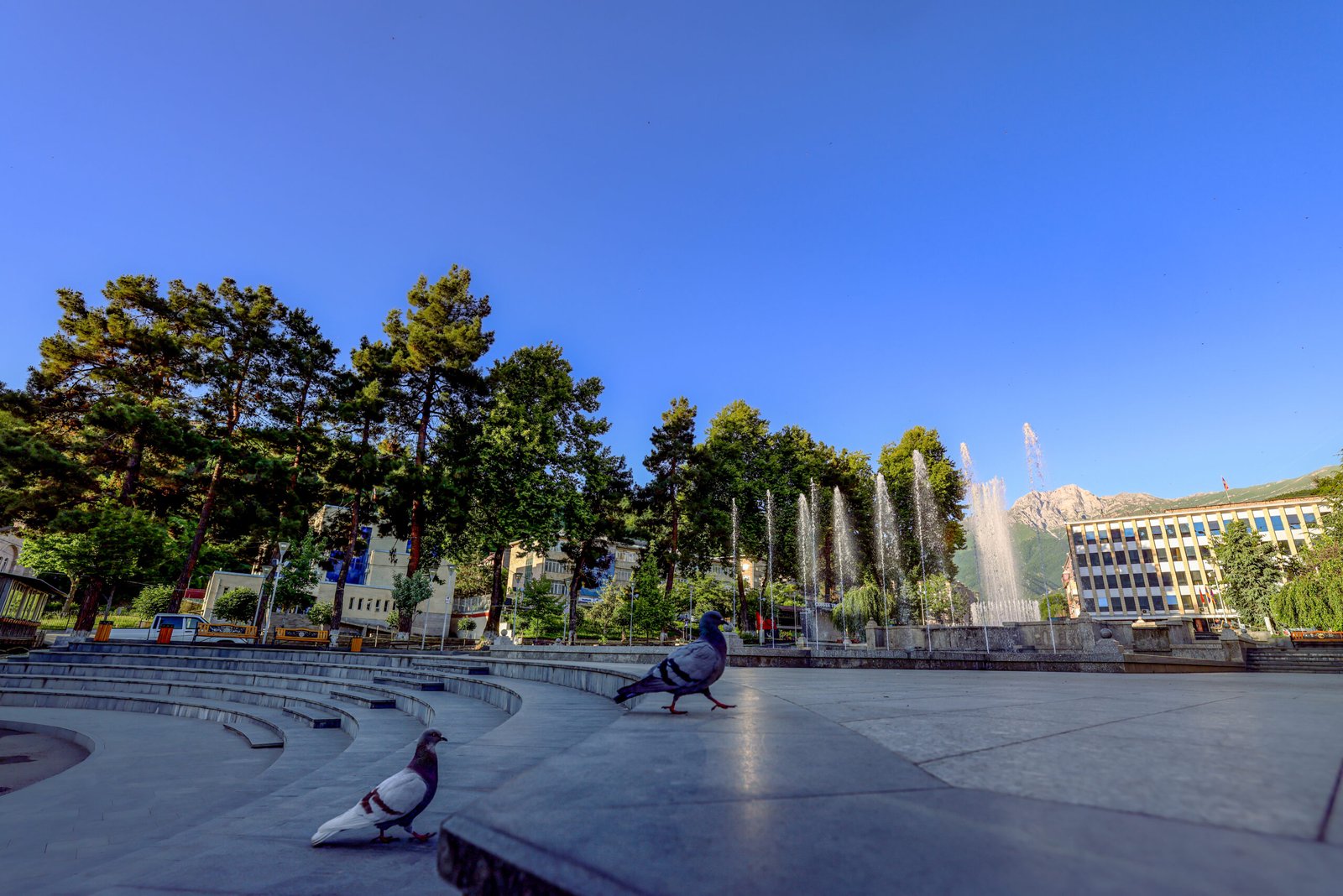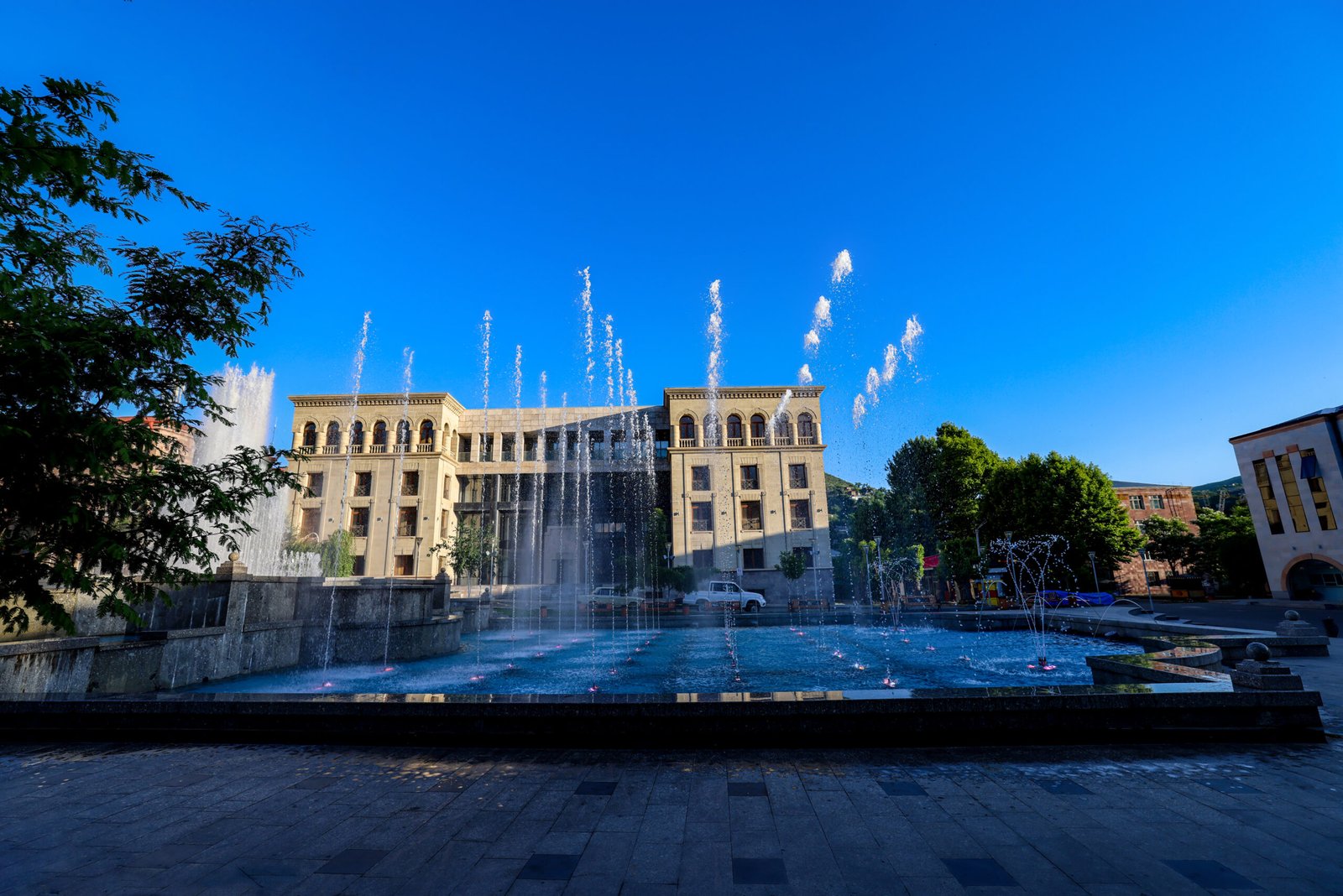Latest Listings
Related Listings
Close To You
Kapan City
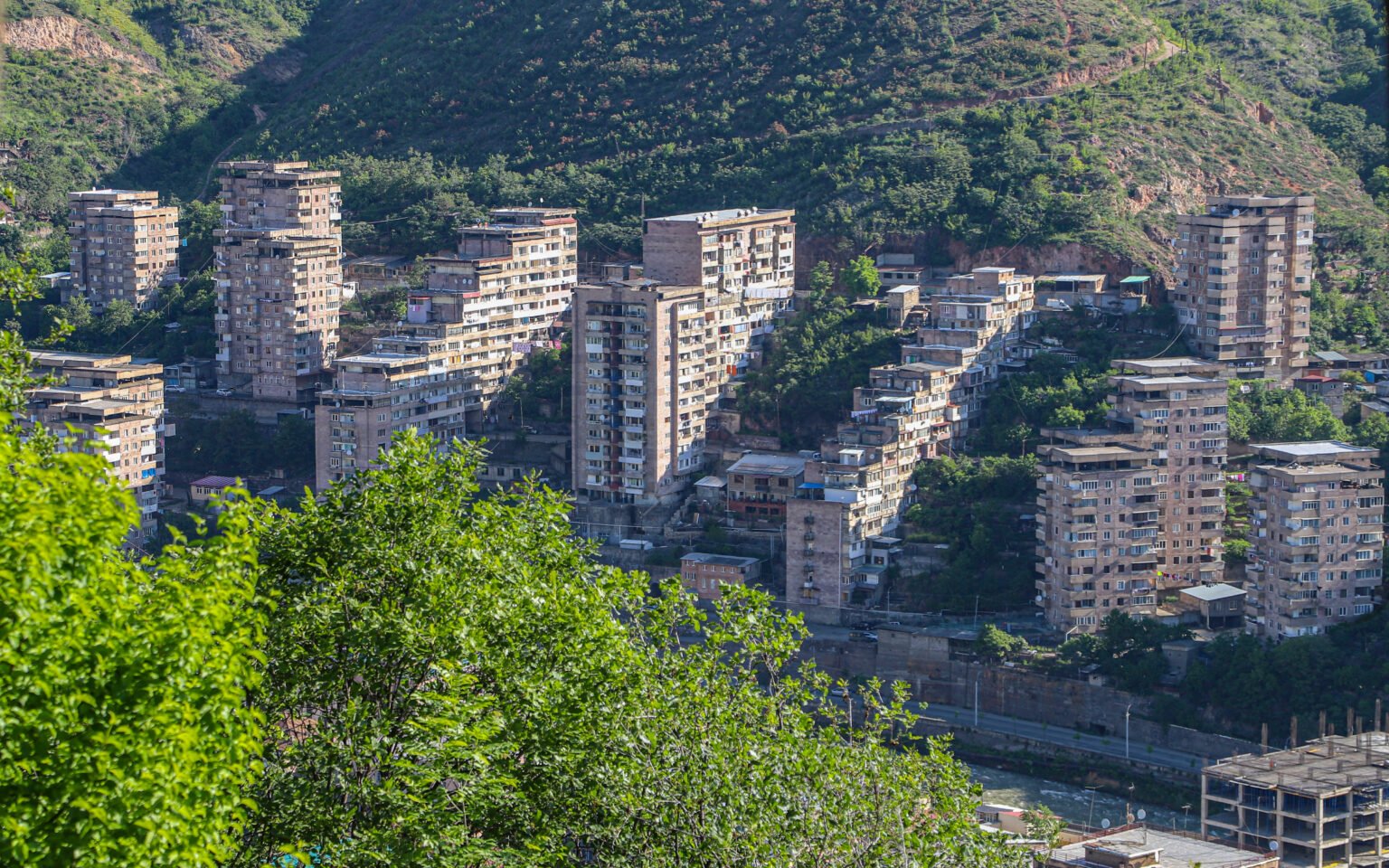
City
910 m
Historical
Easy
📍 Area: Approximately 36 km²
👥 Population: Around 32,780 people (as of 2022)
🏘️ Number of Communities: Includes 39 rural settlements
🛣️ Distance from Yerevan: About 320 km
🚗 Accessibility: Kapan is accessible from Yerevan by car (5-6 hours drive). There is a daily minibus service departing from Yerevan’s “Kilikia” bus station. Air travel is also available from Yerevan to Kapan, though flight schedules may vary depending on season and weather conditions.
OVERVIEW
Kapan is the largest city in Armenia’s Syunik Province, nestled in a mountainous landscape in the country’s south. With a population of around 32,780 (as of 2022), Kapan boasts a rich history dating back to the 5th century. Once the capital of the medieval Kingdom of Syunik, the city is known for its natural beauty, cultural heritage, and strategic location surrounded by gorges and fortresses.
ETYMOLOGY
The name Kapan originates from the Armenian word meaning “gorge” or “narrow passage.” After the 15th century, it was Turkified to Ghapān. Following Armenia’s independence, the city restored its historical name-Kapan.
HISTORY
Kapan is first mentioned in Armenian historical sources at the end of the 5th century AD as a settlement. By the late 10th century, it was already referred to as a city. In 1938, during the Soviet era, Kapan was granted the status of a town under district jurisdiction, and in 1963 it became a city of republican subordination. It served as the administrative center of the Ghapan district.
The city was built in a location of strategic importance. The Baghaberd and Bagaku fortresses to the west protected it from the western and northwestern sides. To the north, the Kapan River carved a deep gorge with forested steep slopes and high cliffs. From the south, the city was surrounded by the towering, rocky mountains of Arevik, making it almost inaccessible. These natural barriers provided protection from the north and south, eliminating the need for fortification in those directions. The only open and relatively vulnerable entry point was from the east, which led to the strengthening of defenses on that side. Kapan began to develop rapidly from the late 9th to early 10th centuries. Dzagik G., son of Dzvanshir Sisakyan, rebuilt and fortified the city. During this period, Kapan became first the princely seat of Syunik, and later the capital of the Syunik Kingdom. In 1103, the city came under attack by the Seljuk Turks. Under the leadership of Chortman, they breached the city’s walls after fierce fighting. Despite heavy casualties near the citadel, they looted the city and retreated. Following this event, Kapan gradually declined, lost its former glory, and turned into ruins. Nevertheless, it continued to exist as a regular settlement without official city status. In the 1720s, heroic self-defense battles took place in the nearby Halidzor fortress under the leadership of Davit Bek. A monument in his honor stands in the city to this day, symbolizing the people’s struggle for liberation. At the beginning of the 15th century, Kapan was once again devastated. During this period, the city’s name began to be pronounced in a Turkified form-Ghapān. In the 1850s, a new settlement emerged in the current area of the city, inheriting the name Ghapān. After the restoration of Armenia’s independence, the city reclaimed its historical name-Kapan.
ECONOMY
Kapan is rich in natural resources. The city’s main economic entity is the Kapan Mining and Processing Plant. Alongside the industrial sector, agriculture and services are also developing. Tourism-particularly ecotourism and mountaineering-is gaining new momentum.
ARCHITECTURE
Kapan’s architectural landscape is shaped not only by its medieval heritage but also by the experimental architecture of the Soviet period. One of the most remarkable examples of this is the Spandaryan district (now known as Davit Bek), which extends up the city’s sloped terrain. Over time, the buildings of this neighborhood have become architectural landmarks of Kapan. The Spandaryan district was designed during the Soviet era, taking into account the city’s complex mountainous relief. It was one of the first attempts at cascade-style construction in Armenia-where buildings are not placed on flat ground but rise gradually along the slope, creating a multi-level architectural rhythm. Kapan’s favorable climate enabled architects to experiment with bold and innovative concepts for that time. Similar types of development were implemented in two more districts: Peremeni (present-day Davit Bek and Rafael Minasyan streets) and the HPP area (Baghaberd Street), along the road connecting Kapan to Kajaran. A total of 18 residential buildings were constructed in cascade fashion-8 in Spandaryan and 10 in the HPP district. According to Hayk Ayvazyan, a member of the design team, chief architect Pyotr Tumanyan spent about 20 years advocating for permission to implement these types of structures. Their daring approach helped shape Kapan’s unique architectural identity, which is still regarded today as one of the best examples of innovative Soviet-era architecture.
CULTURE
Kapan boasts a rich cultural heritage, reflected in both its historical layers and contemporary life. The city has a well-developed cultural environment rooted in tradition and continuously evolving.
Museums and Cultural Institutions
Kapan is home to the Regional Museum of Geology and History, which presents the history, archaeology, ethnography, and natural wealth of Syunik, with a special focus on the Kapan region. The museum displays items from ancient history, household tools, archaeological findings, and a unique mineral collection. Other institutions include the House of Culture, a modern art gallery, a music school, a school of fine arts, and a city library with a rich collection of books.
Theatre and Music
Kapan’s folk theater is actively engaged in staging performances ranging from Armenian classics to global works. Concerts, exhibitions, and festivals are regularly organized. The city is also home to choirs, traditional instrument ensembles, and dance groups that take part in both regional and national events. A unique pipe organ hall also operates in Kapan, a rarity in Armenia.
Monuments and Cultural Symbols
Among Kapan’s iconic landmarks is the statue of Davit Bek, erected in the 1980s in honor of the national liberation hero. Other monuments include a statue of Garegin Nzhdeh (erected in 2001) and a bronze statue of Nzhdeh placed at the summit of Mount Khustup. Many of the city’s streets and neighborhoods also bear culturally and historically significant names, contributing to a deeply layered collective memory.
Festivals and Community Events
Each year, Kapan hosts a variety of cultural and community events, including local fairs, autumn festivals (such as the Korkot Festival, Kapan Music Festival, and KapanFest), Syunik Days, and youth gatherings. These celebrations feature traditional music and dance, folk costumes, and tastings of local cuisine.
Folk Crafts and Cultural Symbols
Traditional crafts are preserved in Kapan, including embroidery, woodworking, and pottery. Some residents are engaged in tapestry weaving and handmade items, which are available at local exhibitions and fairs. These crafts play an important role in the tourism sector, particularly through the production of authentic local souvenirs.
CUISINE
The cuisine of Syunik is based on ingredients suited to the region’s mountainous conditions and natural bounty. Kapan is especially known for its fondness for dried-meat dishes, rice pilafs with wild herbs, and nettle salads. In late spring and early summer, fresh dishes prepared with herbs like chervil (herher), wild mint (shmur), and cilantro are widely enjoyed.
Traditional methods of preparing meat dishes are still practiced among locals-such as apricot meat kebab, kyufta, khash, and tolma, often served with homemade pickles and fresh herbs.
- Korkot - A traditional dish made from wheat, prepared with meat or butter. Served hot as a main dish, especially in winter.
- Khashil - A dish made from crushed wheat grains, typically enriched with butter and tan (fermented yogurt drink). Traditionally served in the morning as a nourishing breakfast.
- Syunik Tolma - A distinctive version of tolma, often made with fresh or pickled cabbage leaves and seasoned with wild herbs. Known for its rich, juicy flavor.
- Ghanzdat - Roasted wheat, consumed either as a light snack or added to meals for extra flavor and aroma. A traditional method of grain preparation common in mountain villages.
- Pskatan - A unique, traditional dish of Syunik and nearby highland areas. Made with pskatan (a cracked wheat variety), vegetable oil or sautéed onions, and flavored with dried citron.
Facilities
Nearby
One of Syunik’s most stunning peaks, rising to 3,201 meters. A favorite among hikers, offering breathtaking views and surrounded by legends and local lore.
A 10th-11th century monastic complex nestled in the mountains. Once the family mausoleum of the princes of Syunik, it captivates with its serene atmosphere and spiritual aura.
Known for its heroic defense led by Davit Bek, this fortress is one of the key symbols of 18th-century Armenian resistance.
An ancient fortress situated atop a rocky hill, surrounded by gorges and forested slopes. It served as one of the main strongholds of the Syunik princes.
A tall, cascading waterfall hidden in the dense forests of the region. An ideal destination for hikers and nature photographers.

